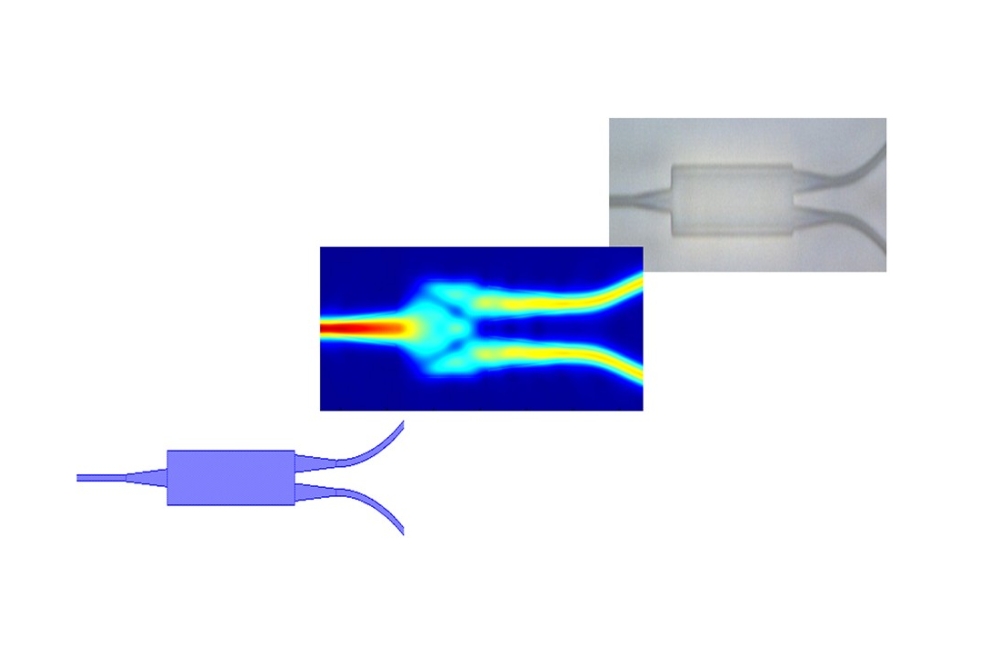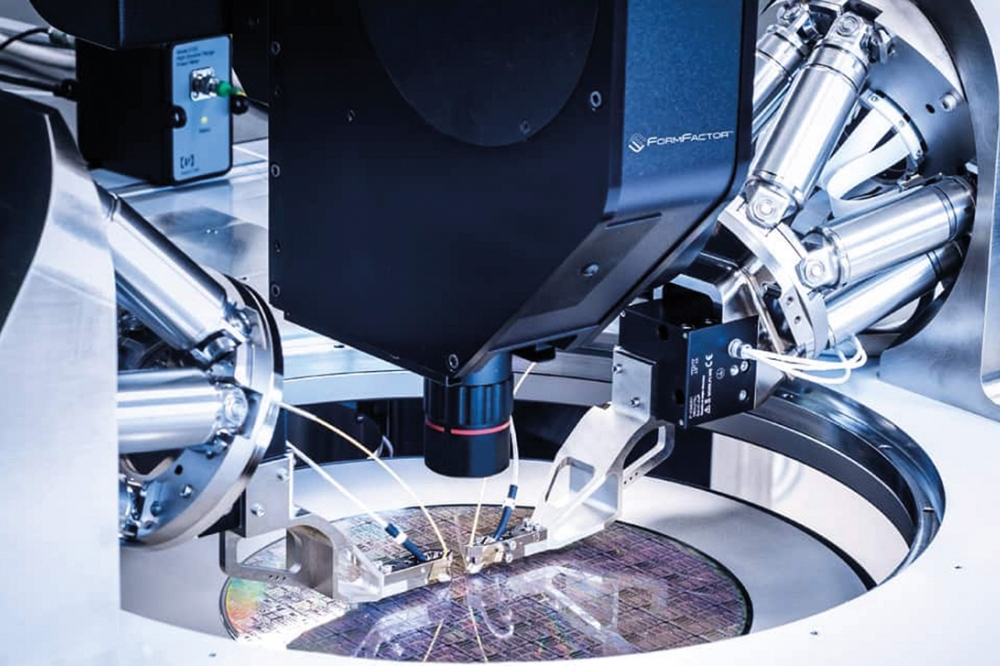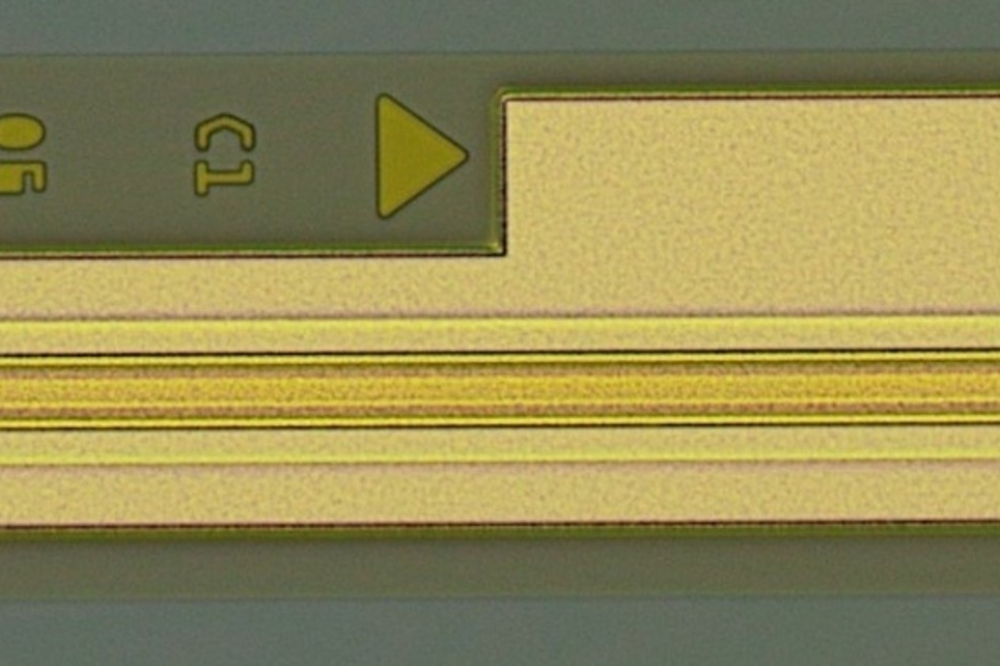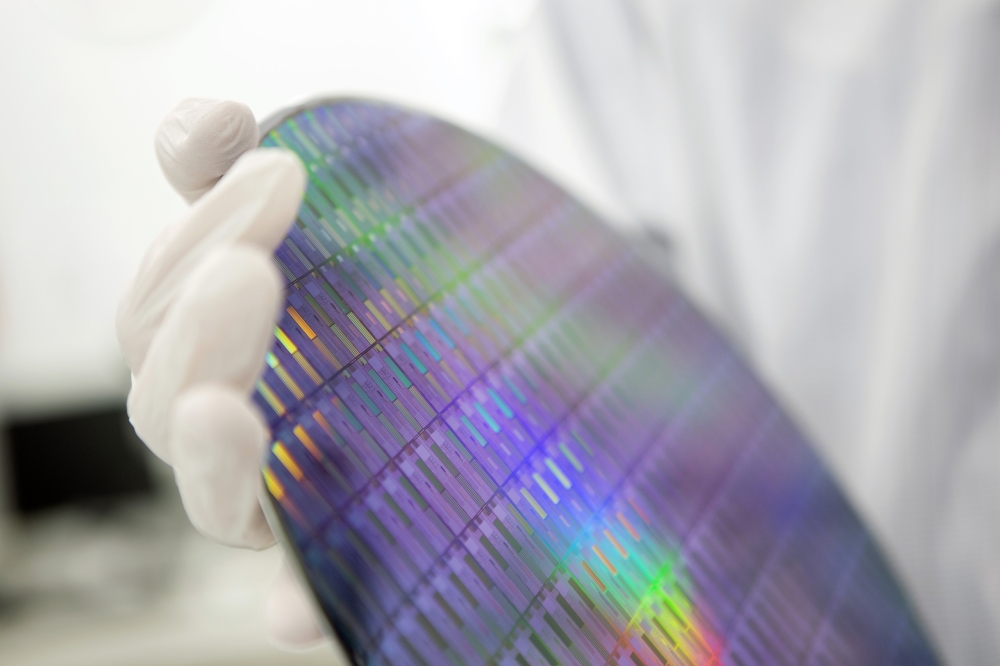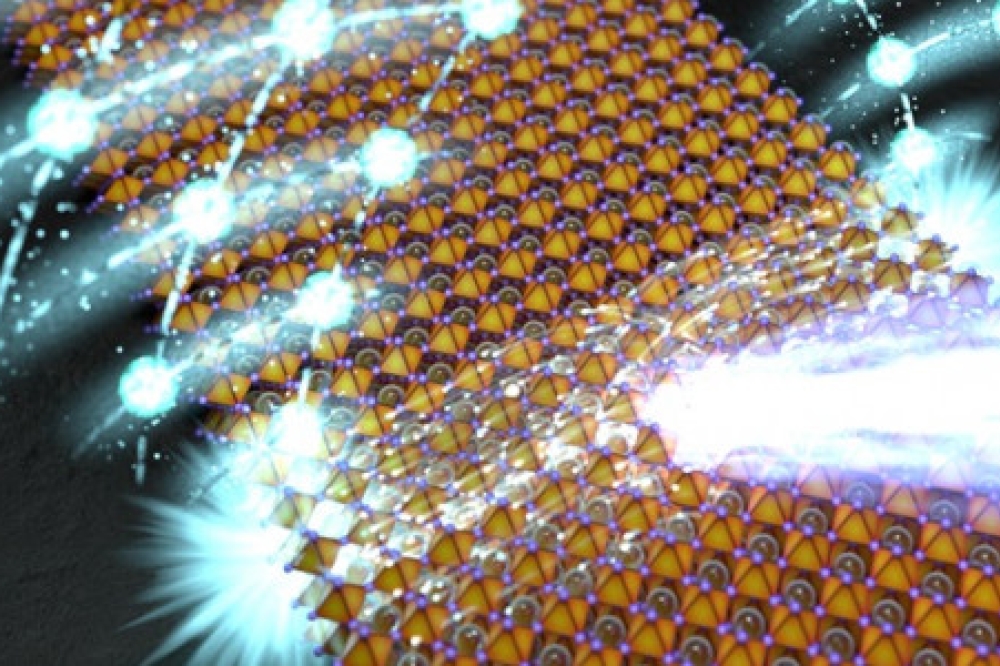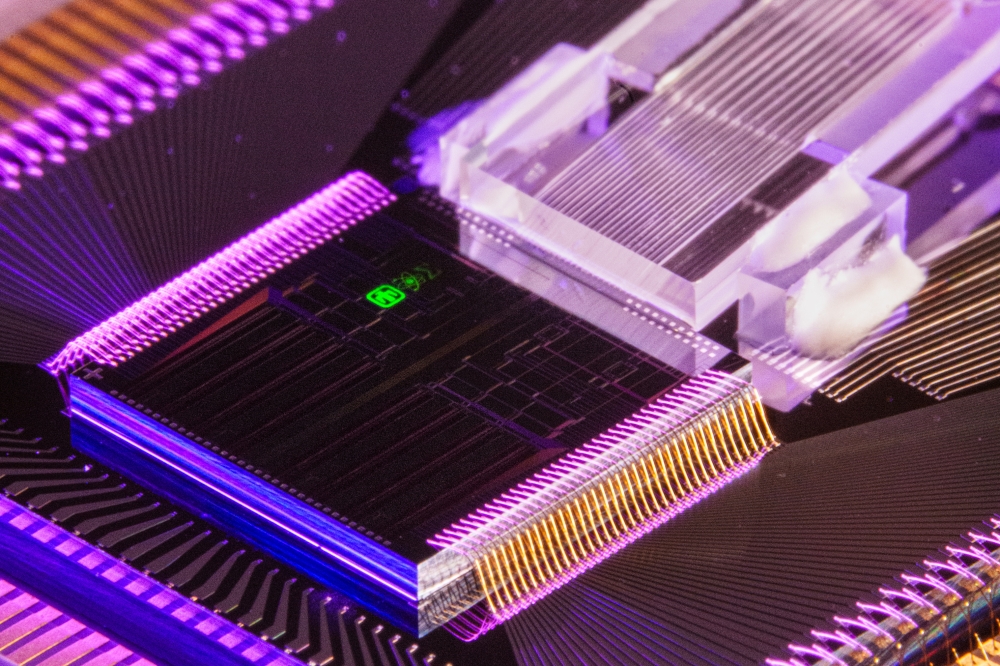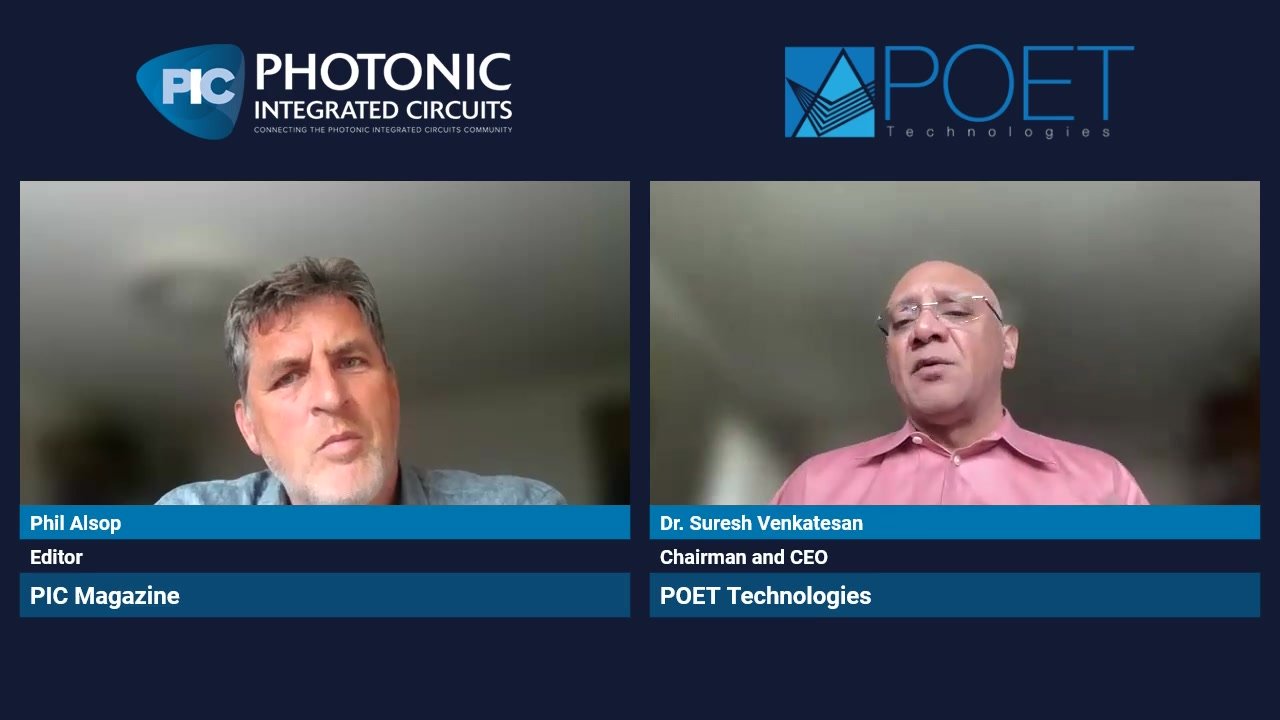POET takes next step towards optoelectronic integration

POET Technologies, a developer of opto-electronics fabrication processes, says it has taken a significant step toward its goal of developing a fully integrated commercial opto-electronic technology platform.
The step is the first demonstration of functional HFETs down to 250nm effective gate lengths on the same proprietary epitaxy and using the same integrated process sequence that was previously used to demonstrate high performance detectors. This milestone is the latest in POET's initiative to integrate a detector, HFET and laser together into a single chip, the three key components of an active optical cable, a current market target for POET.
"Two of the three critical individual pieces of an integrated opto-electronic product are now in place and undergoing their respective optimization cycles," said Subhash Deshmukh, POET's COO.
"As reported earlier, we have encountered delays in completing the VCSEL milestone. The VCSEL continues to be our focus, even while we simultaneously make progress on other aspects of the technology. The characterisation that has been done to date on the VCSEL points to required optimisation of a few layers in a very complex and unique epitaxial stack and fine tuning of the resonant cavity mode. The new and optimised epitaxial structure is expected to be delivered to the foundry for processing over the next couple of months," said Deshmukh.
"We have not uncovered any fundamental show-stoppers. We are charting new territory here and as pointed out at the recent town hall meeting and at the annual meeting of shareholders, technical issues are commonly encountered throughout the R&D process and we are systematically understanding and addressing these issues."
POET has already demonstrated electrical functionality of the VCSEL with desired thyristor characteristics and demonstrated lasing modes through optical pumping of the VCSEL cavity (in other words light emission was detected on the epitaxial wafer surface). However in order to enable electrical pumping of the VCSEL, the team has had to redesign some aspects of the epitaxial stack. VCSEL functionality was previously verified in a lab setting and the functionality of that original laser has been retested and reconfirmed.














